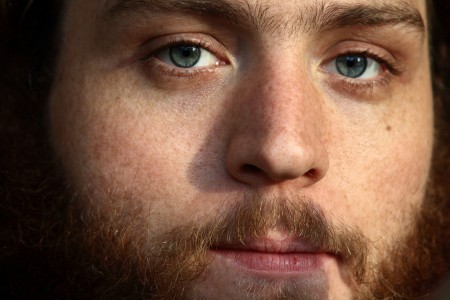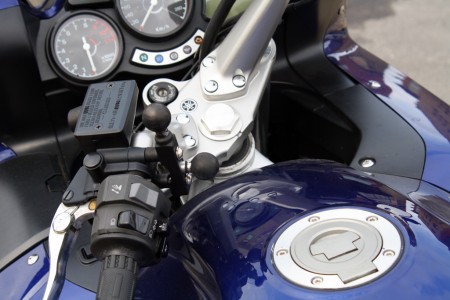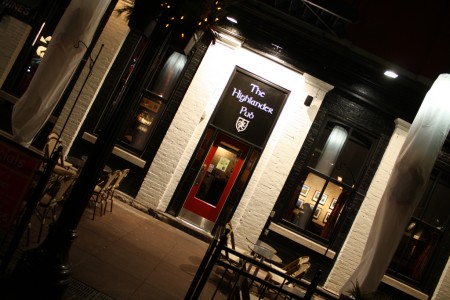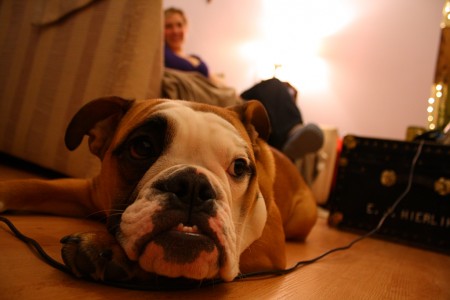
Note: In light of a perceptive comment, I have made some revisions to the post below. In all cases, the old text is struck out.
In yesterday’s Speech from the Throne, the government pledged to increase the share of Canada’s electricity generated from non-emitting sources to 90% by 2020. Looking into the math behind this objective reveals just how ambitious it is. The following numbers are all somewhat approximate, but their precision is not important for revealing the underlying dynamic.
In order to have 90% non-emitting power, you need to have ten nine times more capacity in non-emitting sources like hydroelectricity, nuclear, and renewables than you have in emitting capacity like coal and natural gas plants. Right now, Canada has somewhere around 110 gigawatts (GW) of total installed electrical capacity: 70% of which is non-emitting. Using the following basic equation, we can work out how much non-emitting energy we need in order to reach the 90% objective, based on different scenarios for what happens to the emitting capacity:
0.90 = (gigawatts non-emitting) / (gigawatts non-emitting + gigawatts emitting)
In every case, you have ten nine times more non-emitting (clean) capacity than emitting (dirty) capacity. Therefore, getting to the 90% target while retaining all 33 GW of Canada’s dirty capacity means bumping our clean capacity from 77 GW to 330 297 GW – an increase of 253 220 GW.
To put that in perspective, 253 220 gigawatts is 230% of Canada’s current total electrical generating capacity. 253 220 gigawatts is more than thirty-seven thirty-two times the capacity of the Grand Coulee Dam and is equivalent to more than fourty thirty-five times the output of the Bruce Nuclear Generating Station. 253 220 gigawatts is more than eleven nine times the generating capacity of the Three Gorges Dam.
Things get worse if you expand Canada’s dirty electricity generating capacity. If we were foolish enough to double it, we would need 583 517 GW of new clean energy to achieve the 90% target. Cutting the dirty capacity by 50% from today’s level means we would need to build another 88 71.5 GW of clean capacity. If we cut the dirty capacity by 75%, we would be able to reach the 90% target with no new clean capacity built.
The reasons for all this are intuitive enough. It is like a lever where the arm on one side of the fulcrum is ten nine times longer than the other. If you want to balance out the weight on the long arm (equivalent to the dirty capacity), you need to add an awful lot of weight to the short arm (equivalent to clean capacity).
Of course, all this is rather misleading when considered in the abstract. It’s not as though doubling our dirty capacity would be just fine if we also built 583 517 GW of new dams, wind farms, and nuclear stations. What is important in the end is the total quantity of Canadian emissions: an outcome only partially influenced by the balance between zero-emission and high-emission electricity capacity. The fact that the 90% figure is unaffected by replacing coal plants with superior gas plants also demonstrates how problematic it is as a metric.
The final possibility to mention here is that of carbon capture and storage (CCS). If it proves effective and economical, applying it to existing dirty facilities would be equivalent to switching them into the clean column. Realistically, CCS will probably only ever capture 80-90% of the emissions from any facility it is coupled with. Applying that imperfect technology to a coal-fired behemoth like the Nanticoke Generating Station wouldn’t shift it from the dirty column to the completely clean one, but it would represent a useful chunk of real reduction in the quantity of climate-altering greenhouse gasses Canada is emitting into the atmosphere.
[Update: 8:11pm] For those interested in the numbers on this, please have a look at this post on Tyler Hamilton’s blog and the discussion below it.





